Damien Hirst’s Natural History at Gagosian
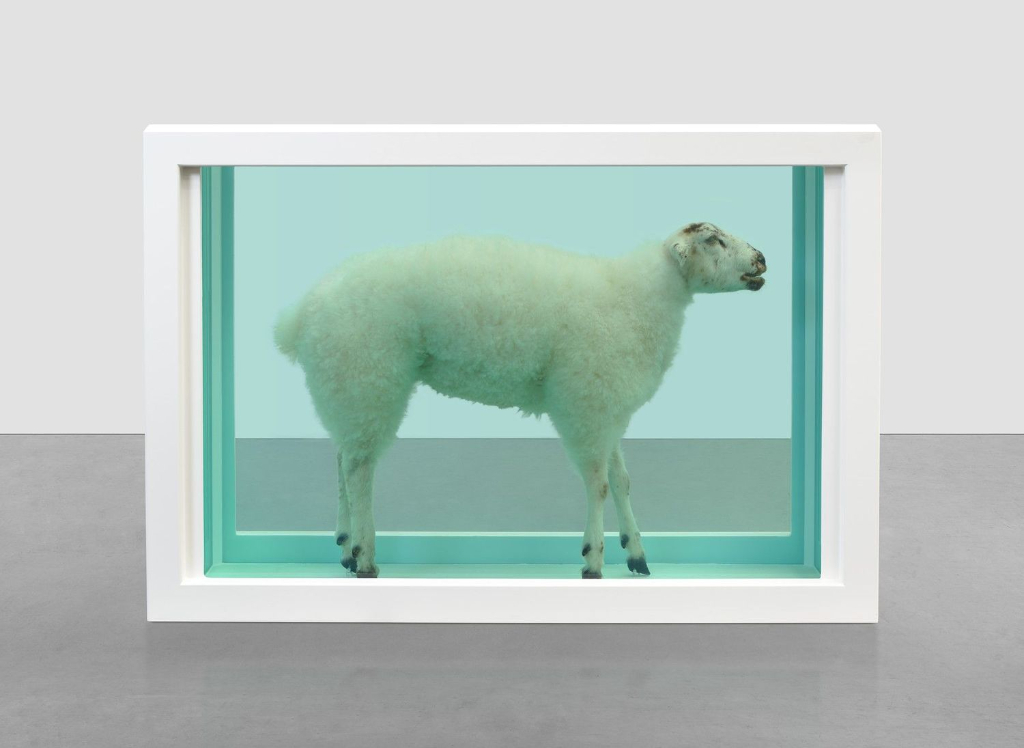
Natural History is a collection of formaldehyde sculptures made by Damien Hirst over the past three decades, exhibited together for the first time. The subjects are animal carcasses preserved in tanks, in some cases dissected, crucified or beheaded to represent a concept or imitate works of art.
Displayed around the white rooms of the Gagosian gallery, the pieces assume a clinical aspect. Sheep, fish, birds and calves are suspended in time and space, but the artistic quality of their presence is dubious and the overall message of their grouping unclear. On one hand, the works may be fascinating anatomical studies, but Natural History inevitably makes for macabre and disturbing viewing. The Beheading of John the Baptist (2006) sees a decapitated cow on the floor with its head on a butcher’s table and is a nod to Caravaggio. The Pursuit of Oblivion (2004) is inspired by Francis Bacon’s 1946 Painting and features an umbrella, a birdcage, a pile of books, butchery tools and hanging meat.
Presenting dead animals that were sacrificed for the sake of artistic puns or tributes is unlikely to make anyone feel that it was worth the sacrifice, especially as the works evoke no emotion other than sadness at the spectacle. One thing that Hirst relies on is, of course, the shock factor. The first time that the artist exhibited a formaldehyde sculpture in the 1990s, it was the shark in a tank of blue liquid, which is also featured in this collection. It was intended to invite reflection on mortality and fear and it seemed like a groundbreaking and imaginative feat at the time, attracting plenty of attention. A lot has changed since then, and what may have spurred from an artistic urge and a response to the times did not age very well, losing much of its meaning through repetition.
Rather than come across as provocative, the exhibition only serves to highlight the problematic nature of these sculptures. Most of the works seem lazy or forced. The idea of turning famous paintings depicting slaughter into real-life reconstructions, or the puns in the titles, points to a lack of worthy ideas. In this age of increased social and environmental awareness, Natural History is uninspired and uninspiring.
Mersa Auda
Damien Hirst’s Natural History is at Gagosian from 9th March until 1st June 2022. For further information visit the exhibition’s website here.

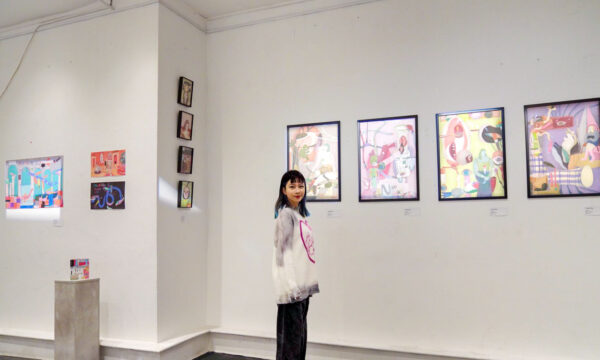
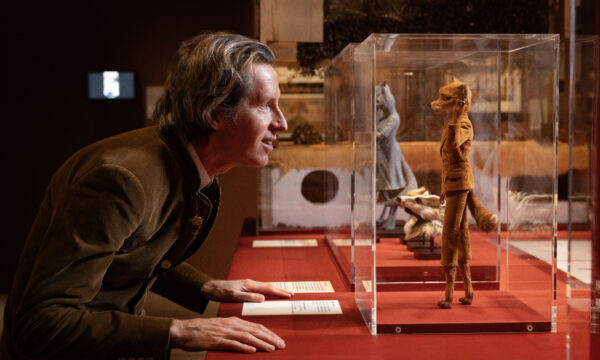
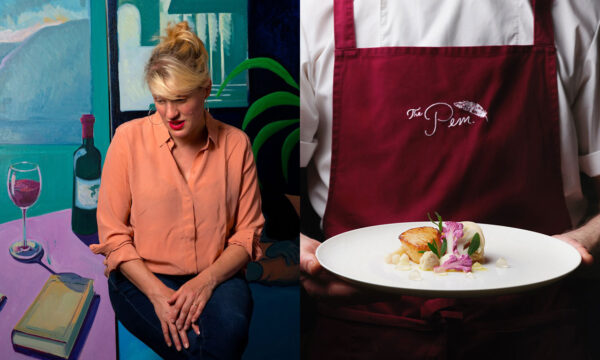
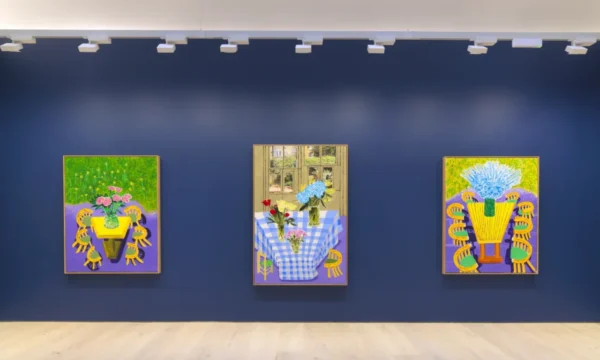
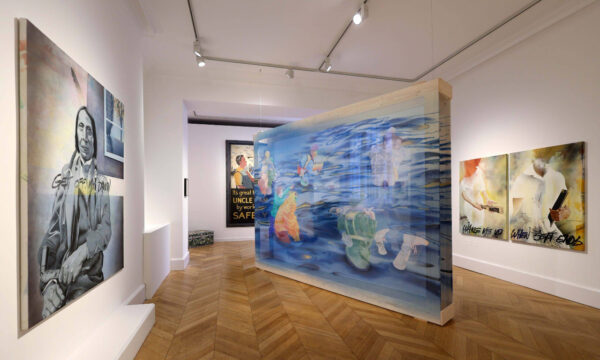
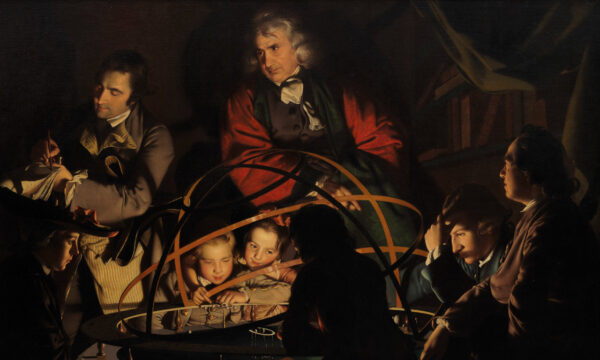
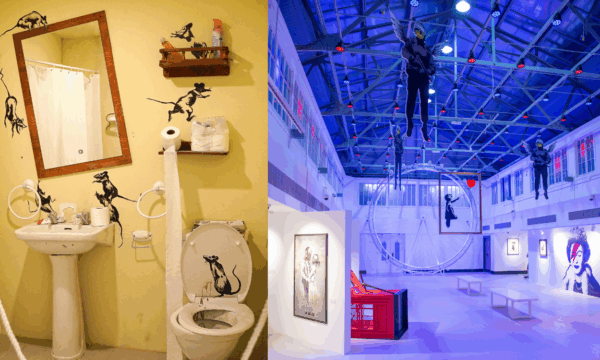
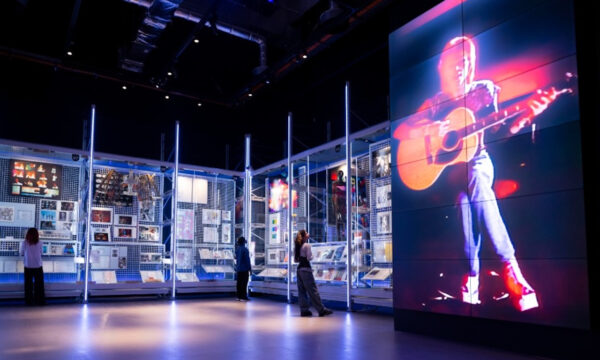
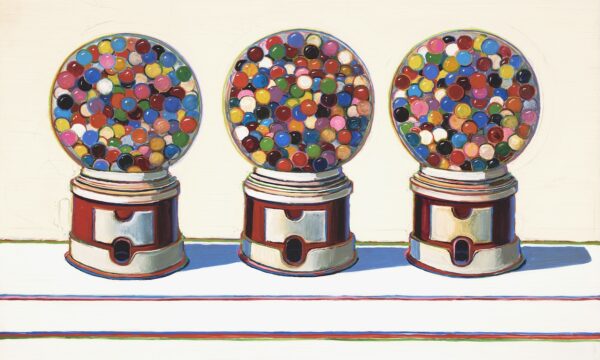

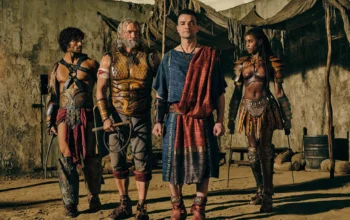
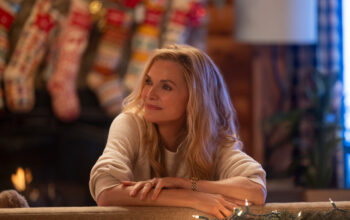

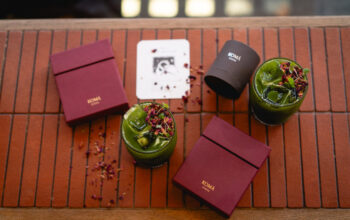

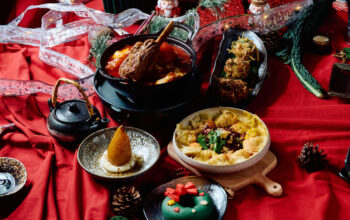



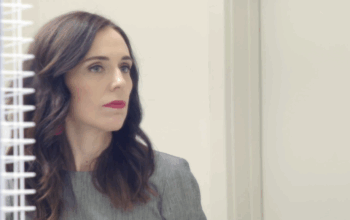



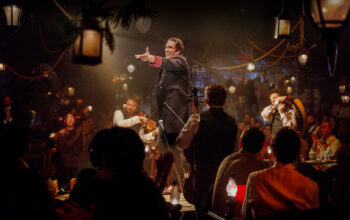
Facebook
Twitter
Instagram
YouTube
RSS